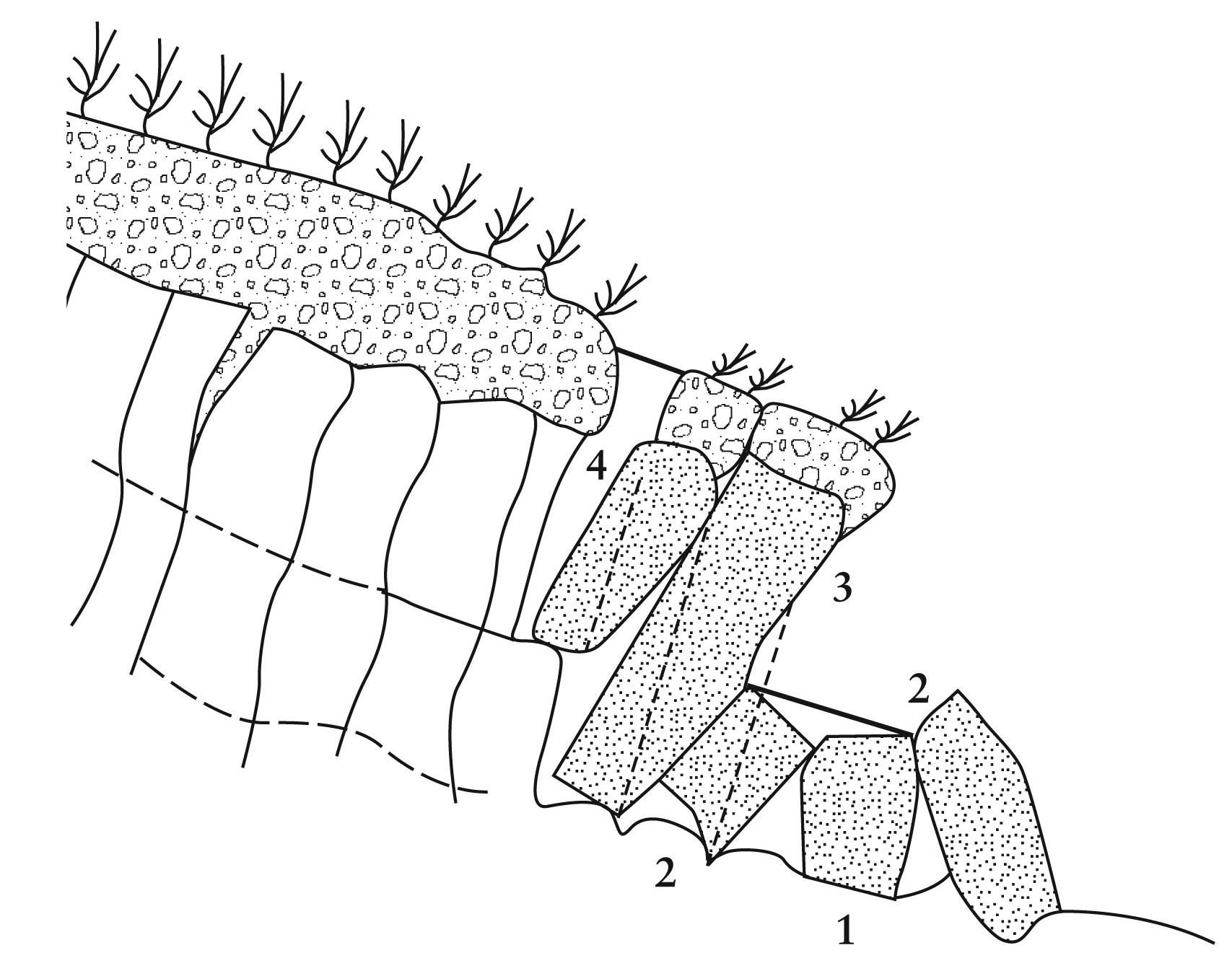|
Working
Party Matters
Membership
| Terms of
Reference |
Task
Allocation |
Intranet
|
Geohazard Communication |
Links |
|
|
Landslides & Slope
Instability
Engineering Geologists | Planners & Developers | Finance & Insurance
| Member of the Public
|
|
Subsidence & Collapse
Hazard
Engineering Geologists | Planners & Developers | Finance & Insurance
| Member of the Public
|
|
Seismic Hazard
Engineering Geologists | Planners & Developers | Finance & Insurance
| Member of the Public
|
|
Flood Hazard
Engineering Geologists |
Planners & Developers | Finance & Insurance | Member of the Public
|
|
Tsunami Hazard
Engineering Geologists |
Planners & Developers | Finance & Insurance | Member of the Public
|
|
Volcanic Hazard
Engineering Geologists | Planners & Developers | Finance & Insurance
| Member of the Public
|
|
Gas Hazard
Engineering Geologists |
Planners & Developers | Finance & Insurance | Member of the Public
|
|
Fault Reactivation Hazard
Engineering Geologists | Planners & Developers | Finance & Insurance
| Member of the Public |
| |
|
Landslides: Rock Topple Diagnostic Characteristics |
Toppling failures are distinguished by the forward
rotation of a unit about a pivot point. Typically involving tall columns of
rock. Vertical or steeply dipping discontinuities behind the block allow the
rock mass to topple out of the face and second set of orthogonal joints, which
defines the column height. Similar to a fall but involves a pivoting action
rather than a complex separation at the base of the failure, EPOCH (1993).
 
(Image Source: Landslide Types &
Processes, USGS Factsheet FS 2004-3072,
http://pubs.usgs.gov/fs/2004/3072/)


Diagnostic Characteristics |
Geographic Occurrence | Mitigation
|
Key Contacts & Expert Advice |
Photo
Gallery | Essential References &
Further Reading
|